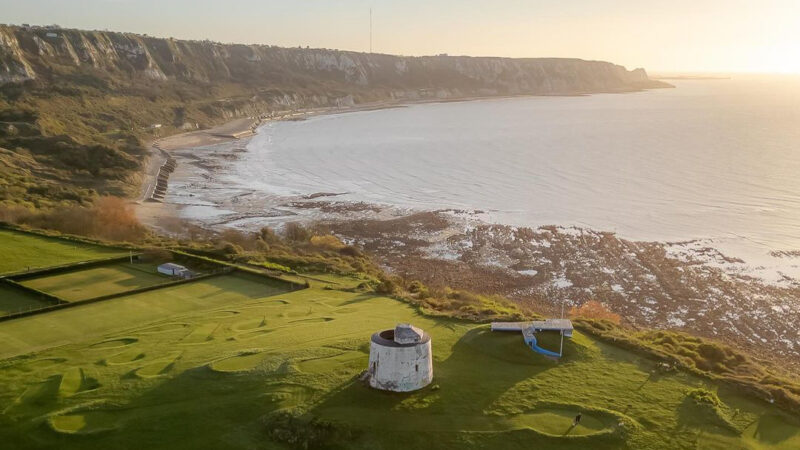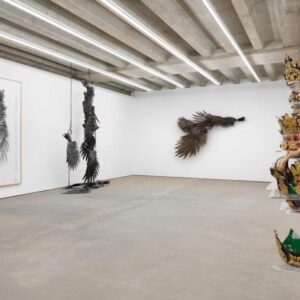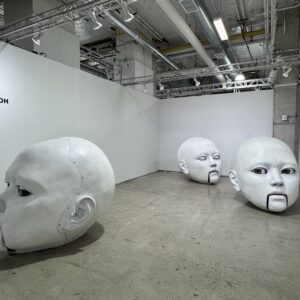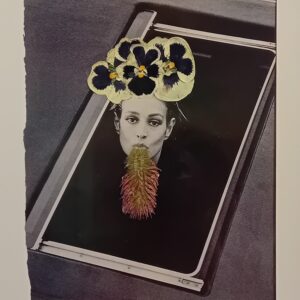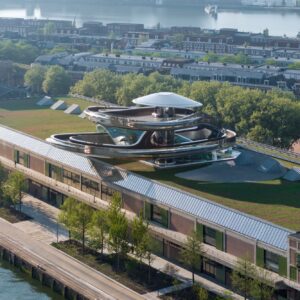PULSE Miami concluded its largest edition following a week of solid sales and rave reviews by press and public alike, cementing its status as the strongest fair after Art Basel Miami Beach despite recent economic developments. “While it was not the feverish, trend-oriented seller’s market of 2007, all our dealers said that buyers were serious collectors who carefully selected art, often placing reserves that were finalized later in the week,” said Helen Allen, Executive Director of PULSE. Twelve thousand visited the fair over the course of its five-day run, which was approximately the same attendance as PULSE New York in March 2008.
Following a well attended VIP preview, sales picked up and by Thursday, the mood and weather had turned to sunny and warm. The dealers attributed the fair’s success to the quality of its production and of works for sale.
One trend noted by multiple galleries was an interest in new media works, particularly videos mounted in artists’ frames, which were snapped up by buyers. These included bitforms gallery, whose booth sold out of a video “shadow box” by Rafael Lozano-Hemmer, which began at $90,000, while Angles Gallery experienced heavy sales of Ori Gersht’s Falling Bird. The edition of eight began at $45,000. Other new media successes included a sell out of Siebren Versteeg’s series of large internet-enabled touch screen monitors at Max Protetch. The work was produced in an edition of 10, and started at $25,000. A real time 3D animation by artist John Gerrard, represented by Ernst Hilger, sold multiple works at $70,000 a piece.
The $2,500 PULSE Prize, sponsored by The Financial Times, was awarded to Emilio Chapela Perez, represented by EDS Galeria of Mexico City in PULSE’s IMPULSE section.
